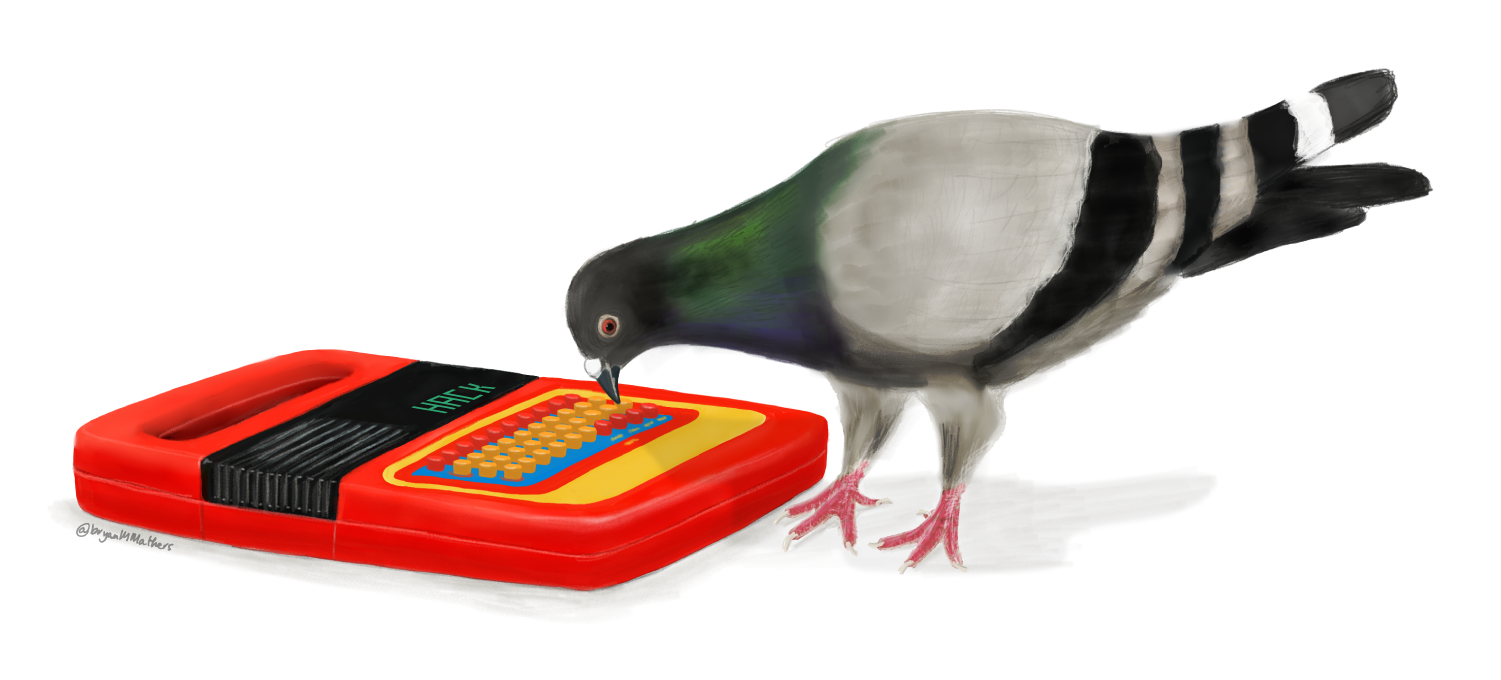"Food as Fuel": On Energy Gels
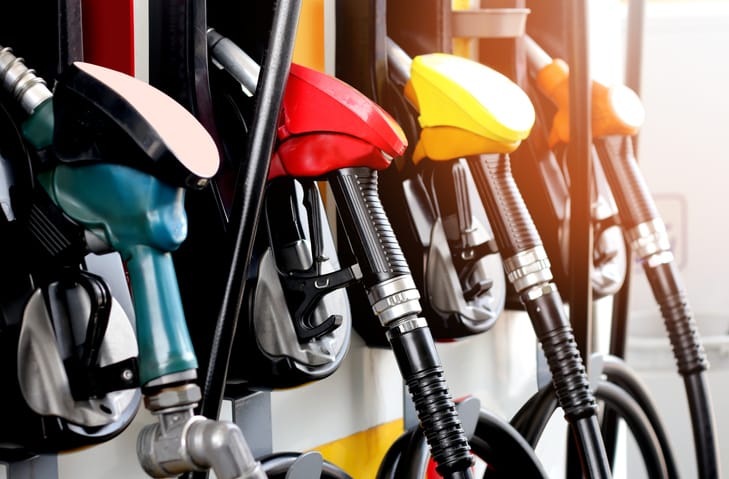
I don’t like the metaphor “food is fuel,” but damn, it's pervasive in sports and sports nutrition.
Yes, of course. We need to eat in order to live. But we are not machines, and what we eat cannot be reduced to the “energy” it gives us.
Some folks sure try though. You'll hear people drone on and on about "calories in, calories out," insisting that the First Law of Thermodynamics demands that what our bodies (particularly our weight) can be — even should be — viewed as systems to be monitored, controlled, regulated, engineered. The perfect cybernetic fantasy.
When we talk about "food as fuel," we ignore all the other functions of eating, all the other meanings of food -- social, emotional, cultural. We ignore the rich sensory experiences involved: how things look, how things smell, how they taste, how they feel in our mouths. We ignore memory -- how we can readily recall people and places and events alongside the meals we ate and how the experience of eating (or even thinking about eating) can conjure powerful feelings in our minds and in our bodies. We ignore the ways in which we take care of one another through food, the ways in which we control one another as well.
“Food as fuel” -- the phrase can be a warning signal that what you're about to hear or see or be sold is “nutritionism,” the reduction of food to its macro- and micro-nutritional components. That is to say, that a food’s value or worth comes in terms of what it contributes to “health” or “performance.” Furthermore, when we frame "food as fuel," these macro- and micro-nutritional components can be isolated and (re)produced scientifically so that “health” and “performance” are optimized.
But as I said, this framework is almost inescapable, particularly in running but also (ugh) in nutrition science.
The body is a system.
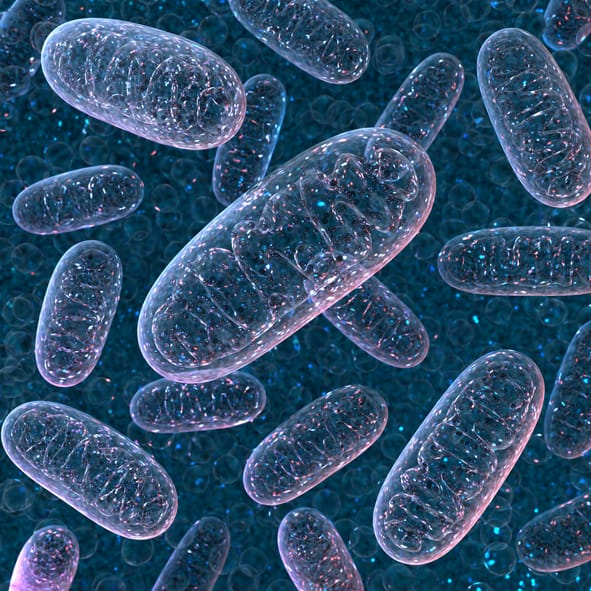
The carbohydrates we eat are broken down into glucose, and some of what the body doesn't use is converted to glycogen and stored in the liver and muscles. (The rest is stored as fat.) When you exercise, your body uses these endogenous stores in order to provide energy — your aerobic system uses oxygen and glucose to create adenosine triphosphate (ATP), which provides the energy for, among other things, your muscles to contract.
However, your body's endogenous stores do not provide sufficient energy for prolonged, moderate-to-high intensity exercise. As a team of Dutch researchers put it, “For exercise lasting 1 to 2.5 hours, athletes are advised to ingest 30-60 g of carbohydrates per hour. Well-trained endurance athletes competing for longer than 2.5 hours at high intensity can metabolise up to 90 g of carbohydrates per hour, provided that a mixture of glucose and fructose is ingested.”
You gotta fuel your run.
“What’s your fueling strategy?” Endurance runners know this question. Or they should. It's become a key part of training, as important, some might argue, as the number of miles you log.
Many people, runners and non-runners alike, have heard of carb-loading, even if they aren't sure about the science behind it — the shift in eating in the days before a big race, so that carbs become a much larger than normal proportion of one's dietary intake.
Even if you've done your best to top up your glycogen stores ahead of time, research has shown that these are still likely to be depleted during high-intensity endurance events. So it's no longer a matter of eating pasta and bagels and rice before a race; you need to consume carbohydrates during a race.
There are hundreds if not thousands of products available promising to provide endurance athletes easy-to-digest carbs in convenient packaging. Some are “chews.” Some are “gels.” Some are liquids. These range not just in texture but in flavors and, of course, in price. Over $600 million worth of energy gels were sold in 2021, and the market is expected to top $1 billion by 2028 — arguably a conservative guess considering how popular marathon running has become.
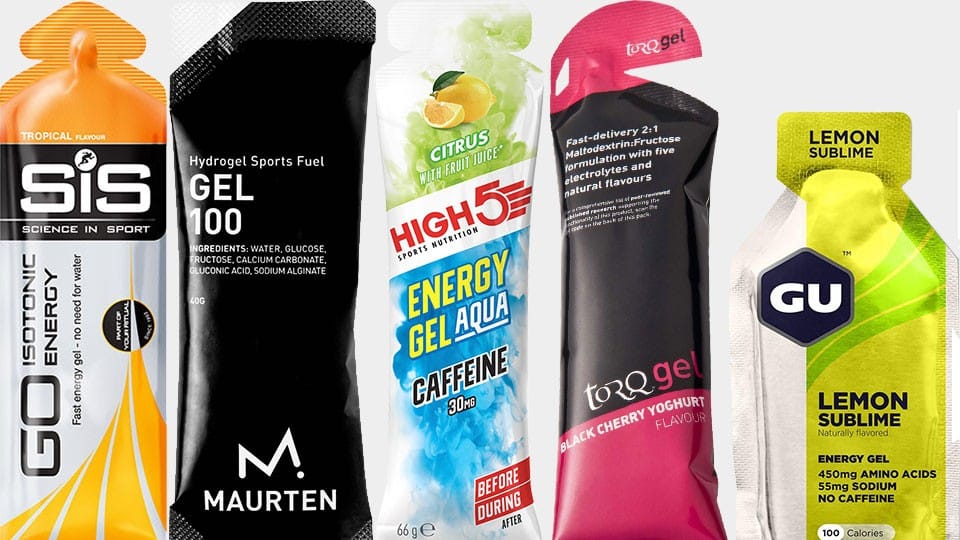
You can avoid the this market and eat “whole foods” while running. Ultrarunners do this all the time, carrying little bags of pretzels and baked potatoes in their pockets, stopping for sandwiches along the trail. Outside Magazine's Mallory Arnold chronicled her attempts — with varying success — to replace her gel usage with bread and honey, baked sweet potato, banana, Cheerios, dates. Some of these — the cereal, in particular — made her too thirsty; some — the dates — were too hard to chew on the move; some — and here "nutritionism" rears its head again — just didn't have as good a vitamin/mineral/sugar formulation as the gels she was accustomed to, making her feel more reliant on her hydration mix (a whole other aspect of capitalism and nutritionism)
And while it's fine to snack on something like Fig Newtons on your long runs — 2 cookies have 120 calories, 22 grams of carbohydrates, and 95 mg of sodium, which is pretty comparable to a running gel — you want to replicate in your training runs the things you’ll do on race day. You want to make sure that what you're eating doesn't cause any gastrointestinal distress; you want to make sure you can actually choke it down while breathing heavy and moving fast.
On one of our first dates, Kin took me out to eat dim sum. I’d never had it before, but I love Chinese food, and I was willing to give it a try. One of the things he ordered was some sweet potato and taro root concoction. I did not know at the time what taro root was, how it contributed to a certain... texture. So I bit. And I chewed. And I gagged. I tried to keep chewing, but the ball of orange goo in my mouth did not get any smaller. I spit it all out into my napkin.
I don't like having food in my mouth for any length of time, if I'm honest. Perhaps this is why I'm such a fast eater. I don't want to savor things. As long as a bite is small enough to swallow, I’ll swallow, hoping that nothing gets caught in the back of my mouth.
I don't like things chewy. I don’t like chewing gum. I do not like "chews," whether candy or "running fuel." If I can bite once or twice and swallow, I'll do it. But it's not ideal. No one wants to inhale a Honey Stinger on Mile 4 of a half marathon.
I really really really really do not like running “gels.” I do not like Gu, perhaps the most ubiquitous brand. I've tried other varieties — Maurten, for example, which are very popular and very expensive. I paid $3 for one packet (you might need 8 or more for a marathon!) — flavorless! easy to digest! used by pros! It's not just Gu; it's the goo. It barely touched my lips, and I gagged and threw it in the trash the first can I found.
There's an ongoing discussion in a couple of running-related Reddit forums about the accuracy of the label on Spring Energy’s Awesomesauce. Spring, a Bay Area company, boasts that, unlike other companies whose running gels are made with chemically-created sugars, its products are made with "real food." (And full disclosure: I like Spring a lot. It's like eating a packet of applesauce — very very expensive applesauce.)
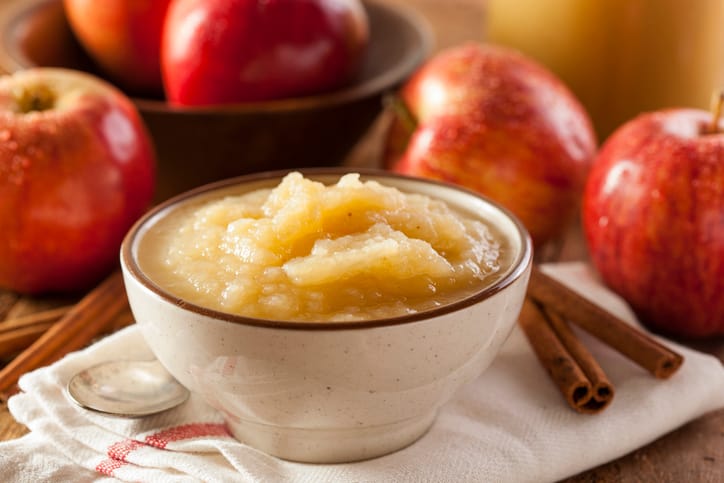
The ingredients on Awesomesauce (serving size: 54g. calories: 180. carbs: 45g) : organic basmati rice, organic apple sauce, apple juice, yams, maple syrup, organic lemon juice, vanilla, sea salt, cinnamon. For comparison, the ingredients on a Maurten Gel 100 (serving size: 40g. calories: 100. carbs: 25g): water, glucose, fructose, calcium carbonate, caffeine, glycolic acid, sodium alginate.
The dust-up on Reddit involves the calorie and carb count of the former, which one person argues is significantly inflated — and this matters greatly if you're trying to carry just the right amount of "fuel" for your race, if you're trying to optimize your carb intake to optimize your running performance. But there's a lot to unpack in the whole ordeal, I think, about what we mean when we talk about "real food," and what we expect when we are engineering "food as fuel" and optimizing our bodies to run (literally, figuratively) this way. There's something about this framework, I'd argue, that makes us expect a precision – in inputs and outputs – that we just can't expect. We are not machines.
My plan for Sunday's half marathon is to shove three packages of "fuel" into my running shorts – a challenge in and of itself. I’ll down one right before the starting gun and another — one with carbs and a little caffeine — about 40 minutes later. I'll take the third around mile 9 or so – one always hopes that, as one gets sweatier, these are even possible to tear open. (I'll wash all these down with water that, I think as it's supposed to be rather warm, I'll carry in bottles rather than relying on the aid stations.)
Three gels – it's probably a larger carb intake than I need; I'm unlikely to "bonk" on a half marathon — to deplete all my glycogen stores and hit the proverbial wall. But I'd rather not suffer any more than necessary. This is going to be a high intensity endurance run for sure.
So "food as fuel" — I guess I'll do it.
Thanks for reading Second Breakfast. And phew folks, thanks for putting up with all my disjointed ramblings lately. (Bless you if you're a paid subscriber). I have a lot of things going on right now that I haven’t written about, and things are really tough. We’re coming up on the fourth anniversary of Isaiah’s death too, and I’m trying my best not to fall apart.
